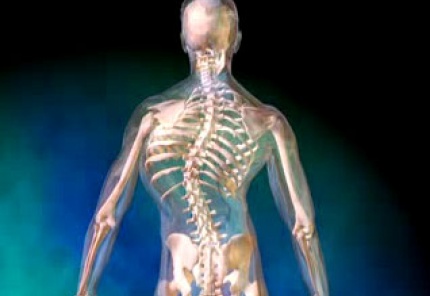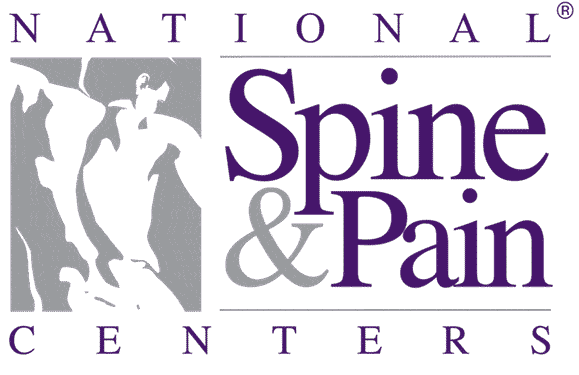June is National Scoliosis Awareness Month!
We can all agree that our spine is essential since it protects our spinal cord and also allows us to bend and move. However, for those with scoliosis, every day movements can become painful and debilitating. Scoliosis is a disease that affects about 2-3% of the population in the United States, roughly 6 to 9 million people. It usually has an early onset in children around 10-15 years old. The spine has a natural ‘S’ curve when examined from a side view. It is when the ‘S’ shape forms from side-to-side that problems can occur. This can be caused by factors such as: genetics, growth spurts in children, or bone degeneration. Symptoms vary by severity of the condition. For those with mild scoliosis (measured as less than 40 degrees), they might experience deformities such as having one shoulder higher than the other, or a slight hunchback form. People with curvatures greater than 40 degrees can experience more severe symptoms such as weakness, pain, and even heart and breathing issues.
Interventional Treatments for Scoliosis
Most often, when diagnosed and treated early, scoliosis can be reversed. For those who continue to have ongoing symptoms, there are several non-surgical treatment options. Bracing is the most common treatment to stabilize and straighten the spine. Exercises such as guided yoga or those prescribed during physical therapy have proven to be effective as well. Surgical intervention is the last resort because of the risks and complications that could follow such as reaction to metal rods, or paralysis.
Regenerative Options
Here at StemCell ARTS, while we are unable to reverse the curvature of the spine with our treatments, we are able to help stabilize and strengthen it. Using Prolotherapy and Platelet Rich Plasma, we inject the surrounding ligaments to cause inflammation and tell your body’s repair cells to focus on those areas. If patients are experiencing nerve pain associated with pinched nerves before or after surgery, we can utilize our Platelet Lysate treatment. Platelet Lysate (PLM) is often used during a hydrodissection technique which helps separate entrapped nerves from surrounding tissue and in turn, helps ‘calm’ the nerve down.
Watch Dr. Dade explain the benefits of having regenerative procedures here at StemCell ARTS!

